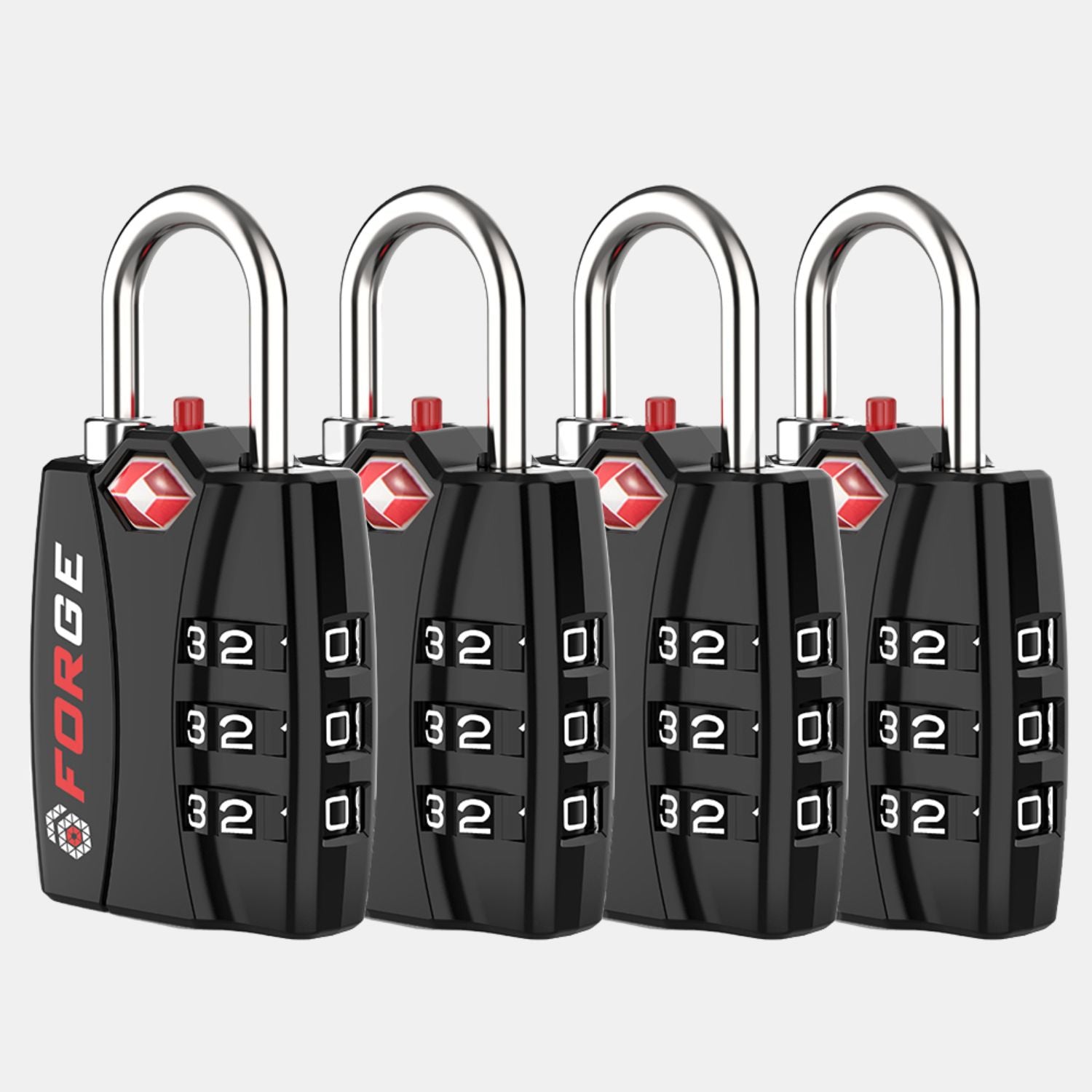Unlocking Travel Secrets: Mastering the Art of Combination Padlocks for Your Suitcase!
When embarking on a journey, the last thing you want to worry about is the security of your luggage. With the rise in travel-related thefts, ensuring your suitcase is properly secured has become a top priority for travelers worldwide. This is where combination padlocks come into play. These ingenious devices provide a reliable solution to keeping your belongings safe without the hassle of carrying keys. Unlike traditional locks, combination padlocks offer the convenience of a numerical code, making them an ideal choice for securing your suitcase. In this article, we will explore the ins and outs of using combination padlocks, ensuring your travel experience is both secure and stress-free.

Understanding Combination Padlocks
Combination padlocks operate on a simple yet effective principle: they use a series of rotating dials or buttons that must be aligned to a specific sequence in order to unlock. The main types of combination padlocks include dial locks, where you turn a rotating disc to align the internal gears, and digital locks, which use buttons to input a numerical code. One of the most significant advantages of combination padlocks over traditional key locks is that you don’t have to worry about losing a key. This feature is particularly beneficial when traveling, as the last thing you need is the stress of misplacing your key in a foreign city. Furthermore, many combination padlocks are designed to be more durable and resistant to tampering, providing an extra layer of security for your suitcase. The ability to reset the combination also allows for enhanced personalization of your lock.
Choosing the Right Combination Padlock for Your Suitcase
When selecting a combination padlock for your suitcase, several factors should be considered to ensure you make the right choice. First, think about the size of the lock; it should fit securely on your suitcase without being cumbersome. Durability is equally important; look for locks made from sturdy materials that can withstand the rigors of travel. Ease of use is another critical factor—opt for a padlock that is simple to operate, especially if you’ll be using it frequently. Additionally, consider features such as TSA approval, which allows airport security personnel to open the lock without damaging it. This is particularly useful if your suitcase needs to undergo additional screening. Weather resistance is also a key feature to look for, as it ensures the lock can withstand rain and humidity without rusting or failing. By taking these factors into account, you can choose a combination padlock that meets your travel needs perfectly.
How to Set and Reset Your Combination Padlock
Setting a combination for your padlock for the first time is a straightforward process. Most combination padlocks come with clear instructions, but here’s a simple step-by-step guide. First, locate the reset mechanism, usually a small lever or button. With the lock open, pull or push this mechanism to the reset position. Next, turn the dials to your desired combination, ensuring you remember this sequence. Return the reset mechanism to its original position to save the combination. To reset the combination later, repeat the process, making sure the lock is open and that you follow the specific instructions for your padlock model. Common mistakes to avoid include setting a combination that is too easy to guess, like '1234', or forgetting to switch the reset mechanism back after setting the combination. It’s advisable to write down your combination and store it securely, but be discreet to safeguard against theft.
Tips for Using Combination Padlocks While Traveling
Using a combination padlock effectively during travel can make a significant difference in the security of your suitcase. One practical tip is to place the padlock through the zipper pulls and then loop it around the suitcase handle, ensuring it’s tight and secure. This method prevents the zippers from being easily accessed. Always double-check that the lock is fastened before you leave your luggage unattended, whether at an airport or hotel. Additionally, be mindful of the environment when placing your suitcase down; avoid leaving it in crowded areas where it could be easily picked up by someone else. During transit, keep your suitcase close and check periodically to ensure the padlock remains in place. If possible, choose padlocks that have a visible indicator, which lets you know if the lock has been tampered with. These precautions can greatly reduce the risk of theft while you travel.
What to Do If You Forget the Combination
Forgetting the combination to your padlock can be frustrating, but there are options available to regain access. Many padlocks come with a backup key or an override feature that allows you to unlock them without the combination. If your lock doesn’t have this feature, you might consider contacting the manufacturer for guidance on retrieval or reset options. Keep in mind that some combination padlocks have a default factory setting that can be used if you’ve never reset it. To prevent forgetting combinations in the future, consider using memorable numbers or patterns that are easy to recall. Alternatively, you could store the combination in a secure password manager or a note on your phone, but ensure it’s protected with a password to avoid unauthorized access.
Securing Your Travel with Combination Padlocks
In summary, combination padlocks are a vital accessory for any traveler looking to secure their suitcase effectively. By understanding how these locks work, choosing the right one for your needs, and following best practices for use, you can ensure your belongings remain safe throughout your journey. Remember to keep your combination secure, and always be mindful of your surroundings while traveling. With these tips in hand, you can travel with peace of mind, knowing your luggage is well protected.







